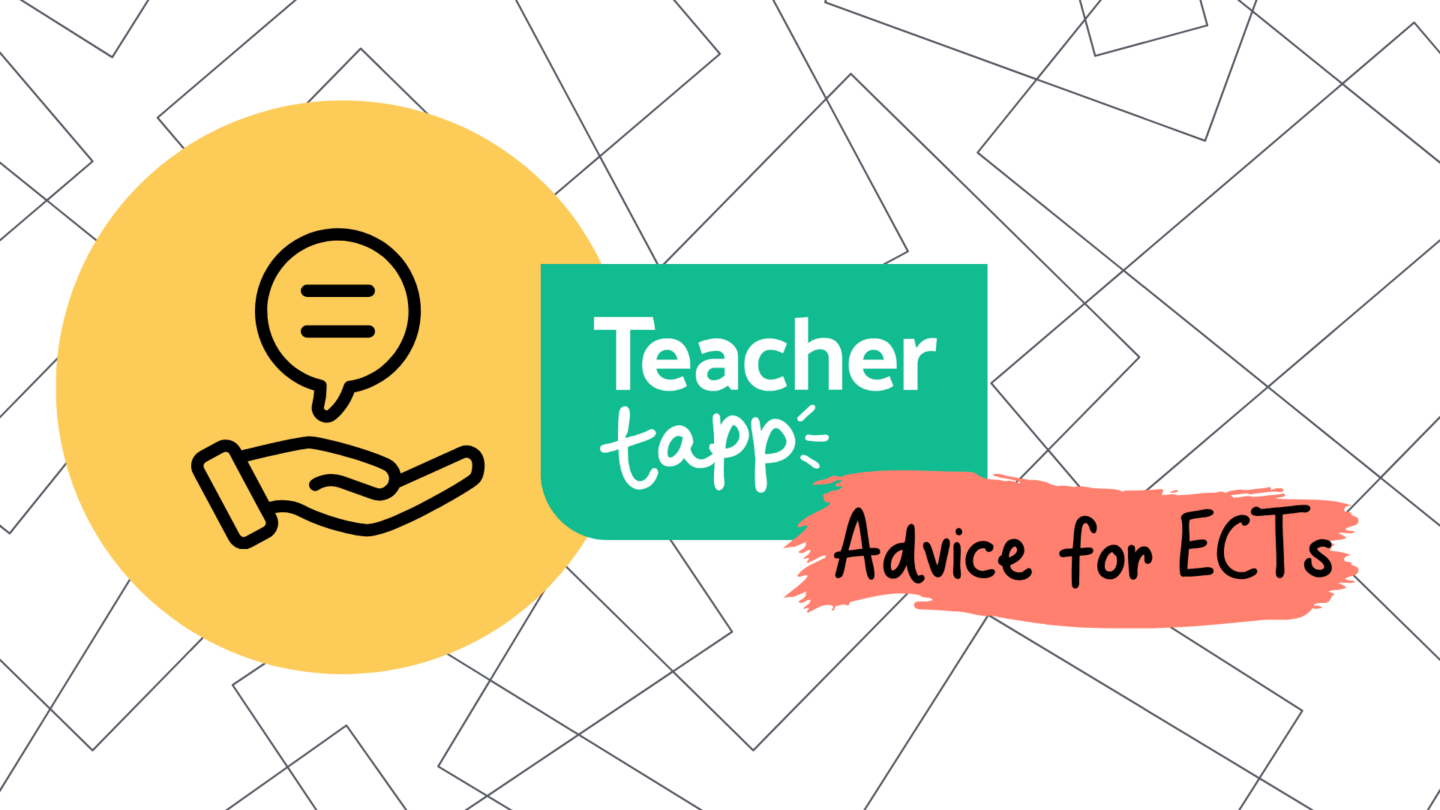Keeping it personal
As we discussed last month, accessing emails (or any other work communications) out of school hours is a matter of personal preference, and does not seem to have any direct relationship to workload.
But, this sparked a thought… does it make a difference how you access your messages?
Over three-quarters of you have access to your emails on your personal mobile device. For some of you, your personal device also allows you to access apps to help with school work (51% of secondary teachers), communicate with parents (27% of primary teachers) and pupils (27% of secondary teachers). Over a third of you also have access to the school calendar.

Does it make any difference how senior you are in a school? No, not really!
A similar proportion of headteachers have emails on their phone compared to classroom teachers. The only difference is heads are a bit more likely to have the school calendar on their phone. BUT… We did spot one group who were more likely to access school work on personal devices: Gen Z! (or more accurately teachers in their 20s.)

Moreover, this group are least likely to say that having access to work apps and notifications is detrimental to their wellbeing.

Dealing with disruption
Six in ten teachers have to remove a student from their class in any given term, so when this happens how do you do it, and where do students go?
First off, how are they removed? In around half of cases (in both primary and secondary) the student is instructed to leave and knows the expectation of where to go next. In around a third of secondary schools, there is an email system or specific notification method for contacting another member of staff to come to assist. Meanwhile in primary pupils are sent to get a staff member or use ‘some other way’ (perhaps a teaching assistant escorts the child?)

As to where the student goes, in both primary and secondary schools, moving the child to another teacher’s classroom is the most common approach. Around a third of secondary schools have a specific ‘referral room’, whilst the equivalent place in primary schools seems to be the head’s office, or similar.

Quiet please 🤫
Chatting seems to be on the increase… and you’re ok with that (as long as the work gets done).
In 2021 when we asked if you minded pupils chatting quietly in your class, 71% agreed it was ok, with 11% strongly agreeing. When we checked again last week the overall figure has risen to 80%, with 26% strongly agreeing.

As you might expect, chatting is more acceptable in some subjects / age groups than others. English is top of the list in preferring quieter working, but maths, science, humanities and languages aren’t far behind.

And finally…
School pets are on the increase!
When we checked this weekend if you have a school pet, we caused quite a kerfuffle on our social channels… “what’s an axolotl?” “do poltergeist count?” “why isn’t there an ‘I wish we had a school pet‘ option?” “rabbits aren’t outdoor animals!”
And the results are interesting too! Since 2018 there has been an increase in the percentage with a dog or a cat – now 15% compared to 7% in 2018!

Ups and downs
On the rise
📈 71% of headteachers say their schools do not have any hairstyle policies, up from 64% last year alone!
Heading down
📉 77% of teachers say they use verbal feedback more than written feedback, down from 82% in 2022 (although many now say they use an equal mixture of both)
Daily reads…
The most read article of the last week has been: De-fad-ification killed* my workload
And here are the rest for your reference:
- How much should experience matter?
- There’s nothing new in this CPD…and that’s a good thing
- LO: write learning objectives and success criteria
- Thoughts on knowledge
- Classroom Management and Self-Efficacy – a complex relationship






